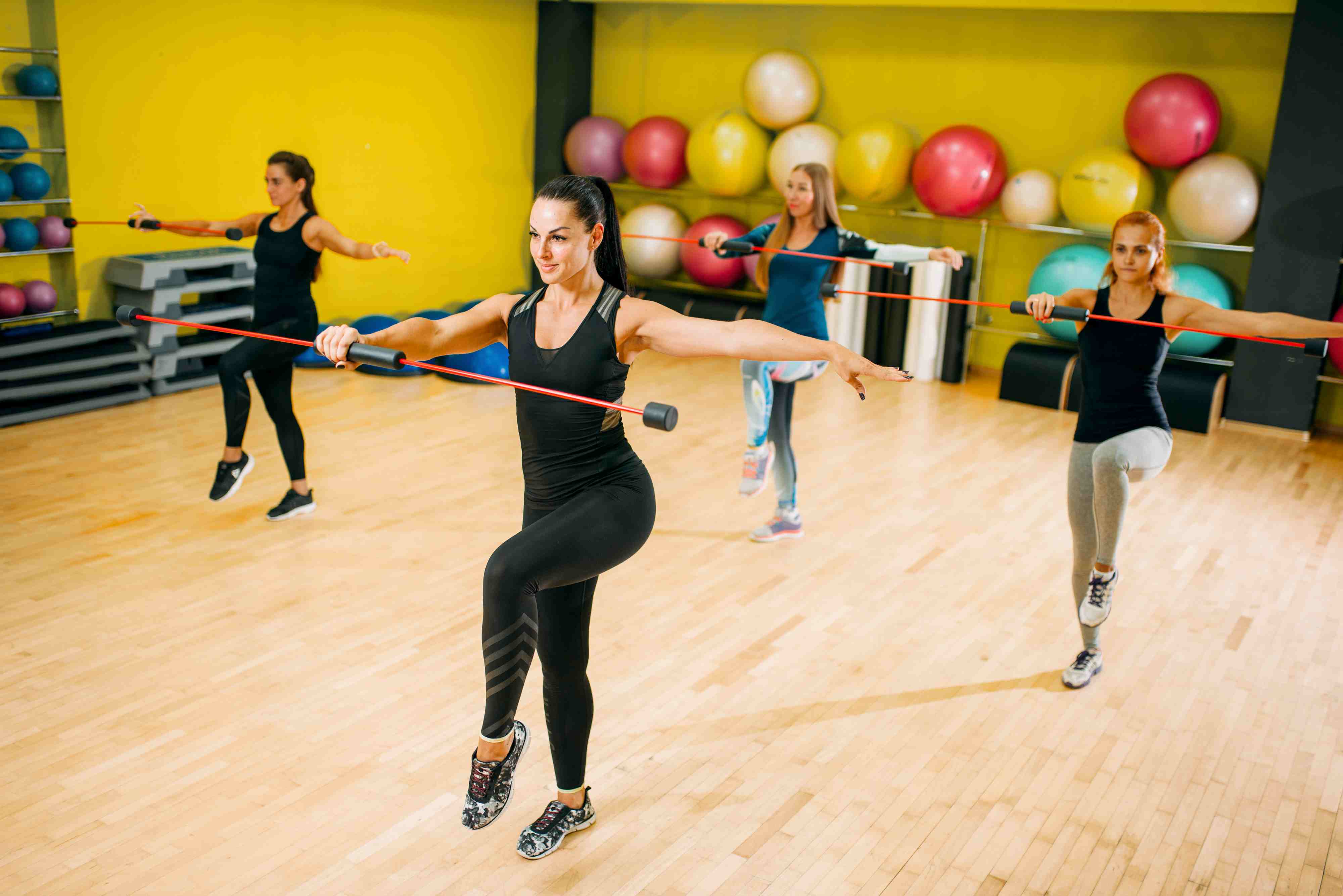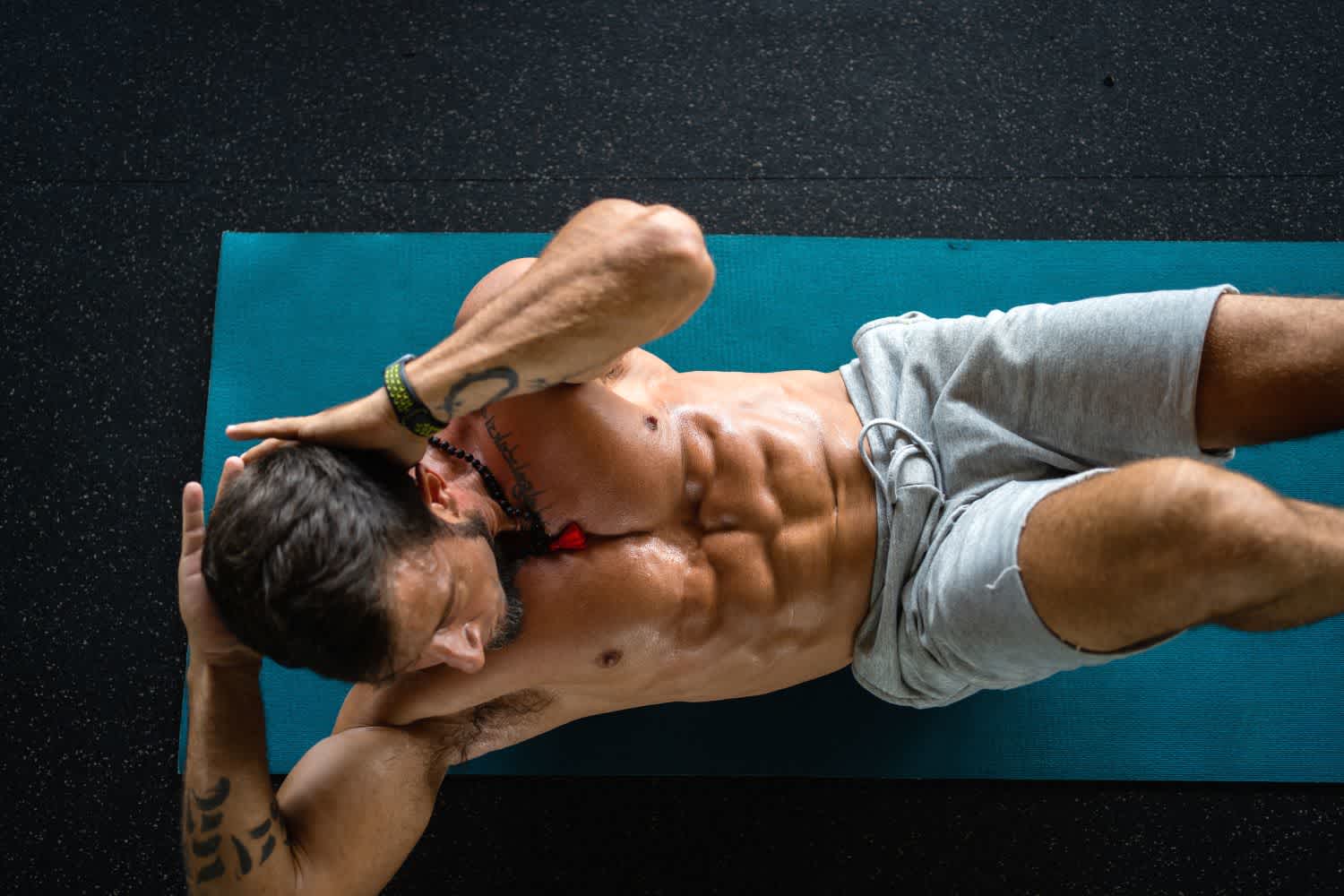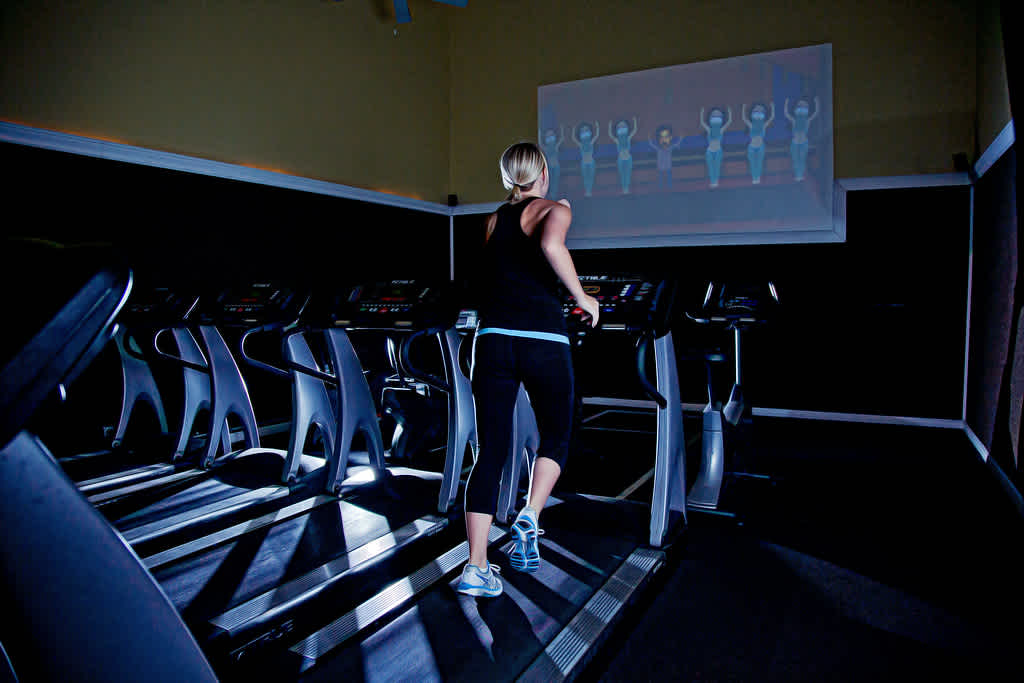

Strength Training for Women: A Beginner's Guide 2025
Strength training is now essential in today's fast-paced environment, where mental and physical wellness go hand in hand. It is no longer just a fitness craze for women. Sadly, stereotypes and biases have historically prevented women from lifting weights. Many people are afraid of gaining weight, getting hurt, or feeling uncomfortable in the gym's weight room. The truth? Strength training is one of the most effective and empowering tools for women to achieve a healthy body, boost confidence, and enhance overall well-being.
Whether you want to gain muscle, reduce body fat, improve Posture, or boost energy, this comprehensive guide will help you understand everything you need to know about strength training as a beginner woman.
What is Strength Training?
Strength training, also called resistance training, involves working your muscles against an external resistance to improve muscle strength, tone, mass, and endurance. This resistance can come in many forms:
Dumbbells
Resistance bands
Barbells
Kettlebells
Bodyweight exercises (e.g., push-ups, squats)
Unlike cardio, which primarily improves heart health, strength training focuses on building lean muscle, increasing metabolism, and enhancing body composition.
Why Women Should Embrace Strength Training
Here are several compelling reasons why strength training is incredibly beneficial for women:
1. Burn More Fat, Not Just Calories
Muscle exercise burns more calories at Rest than fat. Your resting metabolic rate increases as your muscle mass increases. This implies that even if you don't exercise, you will still burn more calories.
2. Tone Without Bulking Up
There is a widespread misconception that women who lift weights are bulky. Women develop lean muscle because their testosterone levels are lower, giving them a toned, sculpted appearance rather than bulk.
3. Boost Confidence and Mental Health
Anxiety reduction has been associated with strength training, depression, and stress. Stronger mental and emotional states might result from feeling stronger physically.
4. Prevent Injury and Improve Posture
Strong muscles reduce the risk of chronic pain and damage, especially in the knees, shoulders, and back, by supporting joints and enhancing posture.
5. Enhance Bone Health
Lifting weights increases bone density, helping to prevent osteoporosis, which is especially important for women as they age.
Getting Started: Basic Guidelines
If you're a beginner, starting strength training might feel intimidating. But with the right approach, it's completely manageable — and even fun!
Step 1: Set Your Goals
Identify what you want to achieve:
Muscle toning
Strength increase
Improved Posture
Better energy
Your goals will shape your workout plan.
Step 2: Start with Bodyweight Exercises
Before grabbing weights, master form and technique using bodyweight moves:
Squats: Strengthen legs and glutes
Push-ups: Great for chest and arms
Planks: Core and full-body stability
Lunges: Balance and lower body strength
Step 3: Learn Proper Form
Injuries can result from poor formation. For the first few sessions, adjust your posture and movement patterns by watching videos, using mirrors, or hiring a skilled personal trainer.
Step 4: Begin with Light Weights
Start with modest weights (2–5 kg) or resistance bands. Every exercise should be performed in two to three sets with a high repetition count (12 to 15 reps). As you gain strength, progressively increase the weight.
Step 5: Train 2–3 Times a Week
Aim for two to three sessions a week, giving your muscles time to recover. Workouts for the upper and lower bodies should be alternated to balance development.

Beginner-Friendly Strength Training Routine (3 Days/Week)
Here's a simple plan you can do at home or in the gym:
Day 1: Full Body Strength (Bodyweight or Dumbbells)
Squats – 3 sets x 12 reps
Push-ups (knee or full) – 3 sets x 10 reps
Bent-over dumbbell rows – 3 sets x 12 reps
Glute bridges – 3 sets x 15 reps
Plank – 3 rounds x 30 seconds
Day 2: Lower Body Focus
3 sets of 10 lunges per leg
Deadlifts (dumbbells) – 3 sets x 12 reps
Step-ups – 3 sets x 12 reps
Calf raises – 3 sets x 20 reps
Wall sit – 3 rounds x 30 seconds
Day 3: Upper Body + Core
Shoulder press – 3 sets x 12 reps
Bicep curls with dumbbells: three sets of twelve reps
Three sets of ten reps of chair-assisted tricep dips
Russian twists – 3 sets x 20 reps
Side plank – 2 rounds per side x 30 seconds
Essential Tips for Success
Warm-Up and Cool Down
Start with 5–10 minutes of dynamic warm-up (e.g., jumping jacks, arm circles) and end with light stretching to prevent stiffness and soreness.
Stay Hydrated
Drink enough water before, during, and after your workout. Dehydration can reduce strength and stamina.
Fuel Your Body
Support your workouts with a balanced protein, healthy fats, and complex carbs diet. Aim for 1.2–1.6g of protein per kg of body weight daily to aid muscle repair and growth.
Track Progress
Keep a workout journal or app to log your sets, reps, and weights. Tracking helps you stay motivated and consistent.
Prioritize Rest
Muscles grow when you rest. Ensure at least 48 hours between working the same muscle group, and aim for 7–8 hours of sleep per night.
Common Myths About Strength Training for Women
❌ Myth 1: "Lifting makes women bulky"
Women have lower levels of anabolic hormones like testosterone. Lifting weights leads to lean, defined muscles — not bulk.
❌ Myth 2: "Cardio is enough"
Cardio improves heart health but does little for muscle growth or bone density. A combination of strength and cardio is ideal.
❌ Myth 3: "I need to go to the gym to lift"
You can strength train effectively at home using body weights, resistance bands, or simple dumbbells.
Best Equipment for Beginners at Home
Here's a quick shopping list for women looking to strength train at home:
Dumbbells (2kg, 5kg, 8kg)
Resistance bands (with handles or loops)
Yoga mat
Stability ball (optional for core work)
Chair or step platform
Invest in quality gear, but remember: your body is your best tool when starting.
Long-Term Benefits of Strength Training for Women
With consistency, women can experience numerous long-term benefits from strength training:
Improved body composition
Stronger bones and joints
Better hormonal balance
Enhanced athletic performance
Slower aging process
Higher energy levels and better sleep
It's more than a workout — it's an investment in lifelong health and strength.
Final Thoughts: Embrace Your Strength
Strength training is one of the most fulfilling fitness journeys you can take, yet starting something new can be scary. Your internal and external strength, capability, and confidence are just as important as your lifting capacity.
Forget the outdated idea that lifting is only for men. Women are powerful; strength training is your gateway to unlocking that power.
Remember:
You don't have to be great to start, but you do have to start to be great.






